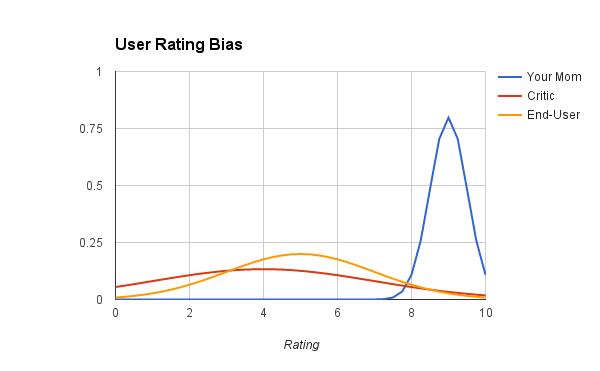The term “minimum viable product” was coined and popularized in Silicon Valley, and is of the highest importance on the startup front today. The west coast is awfully loud about the necessity of MVPs, and so are investors, so what is it and why do I need one?
The Barebones of Value
The MVP itself is created for many purposes and is highly variable to the need of the company. So how minimum is minimum? The original release of the product should cover all of the functional aspects of an application that construe value. Value is found in what a product is worth to a customer, whether or not that worth is presently known. We like to break down the value of apps in two ways:
Differentiation - How is this product different from others like it? How is this difference useful, how can you show it in your application, and most importantly, how can you show that difference to investors?
Usability - The core features that define an app should be featured in a way that is convenient and seamless to the end user. As the startup mantra goes, the end user is just a person, who is at the center of their own story, and your product should reflect its usefulness in their story.
The MVP will probably not be what is taken to market, nor will it encompass every detail of your end vision, but it will show what your idea is worth.
The entrepreneur’s bustling mind is a fiend for efficiency, and MVP construction is a great time to capture that efficiency by way of market research. Often, we consider early market research to be a subset of the MVP itself, because knowledge about the end user is priceless in determining the most valuable features in your product. During development preparation and early stage development, changing the direction in an app is as easy as a short conversation with your team. Whether this be adding a feature, dropping a feature, or pivoting entirely to a more valuable proposal, market research as part of the MVP process saves time and money.
Who Cares?
It would be facile to dedicate this section to the venture capitalists, the angel investors, and the pitch competitions of the world. Of course an investor, putting money on the line for your success, cares that you have a thoroughly-considered product and plan of attack for your business. If you’ve ever gone to an investor without some materialized product to show them, you’ve already learned this the hard way.
Even if an investor is your target, and perhaps you succeed and get the funding you need to continue, what now? You need to care about the result of your MVP, and more importantly, the knowledge you gained about your product through the iterative process. They say introspection is dangerous, but more dangerous yet is the naïvety in assuming validation from a venture capitalist is all that goes into a successful product.
Iterative evaluation to discover and address strengths and weaknesses of a product? Sounds like testing.
Testing
Your developers concocted Iteration #1 of your new app, set up a testing environment, and you’re ready to invite your mom and dad, girlfriend, and dog to the open beta, right?
Well, sounds like a plan, and those people (and canines) are great additions, but the reason you’ve come this far is to be criticized. The proverbial gloves are off. In the timeline of a startup, fear of criticism now is more than just weakness, it’s certain death. Acquiring critical and reliable testers is another fantastic opportunity at multitasking during development. Once a product is in testing, it can hit the ground running on improvements.
But it’s not all bad! With critical testers, you know what needs to be amended, and that the amendments you make are truly for the best. Your mom, who can barely operate the app much less review it, has consistent viewpoints that only align with the end user’s when they are outrageously and unrealistically positive. The critical tester says when things need to be reconsidered, so when that tester says something is done right, you know it’s done right.
Here’s a couple normal curves we constructed to approximate your mom’s opinions versus a critical tester’s opinions versus the end-user’s opinions.
If the end-user opinion is most important, in testing you need someone nearer to their rating curve, unlike your outstandingly biased mother. In fact, the critic can even be superior to the typical end-user in testing because the critics can identify faults a fraction of the end-users care about.
The Big Picture
Quickly it becomes obvious that the MVP is not just a pile of code or a simple phone application. The MVP encompasses the entire initial product and strategy that takes a great idea from your brain, to paper, to the phones of a testing group that can help take your product to the next level.
By the end of the MVP process, you have something that can be shown directly to users and investors with full confidence that what you have is novel, convenient, and thus valuable.
